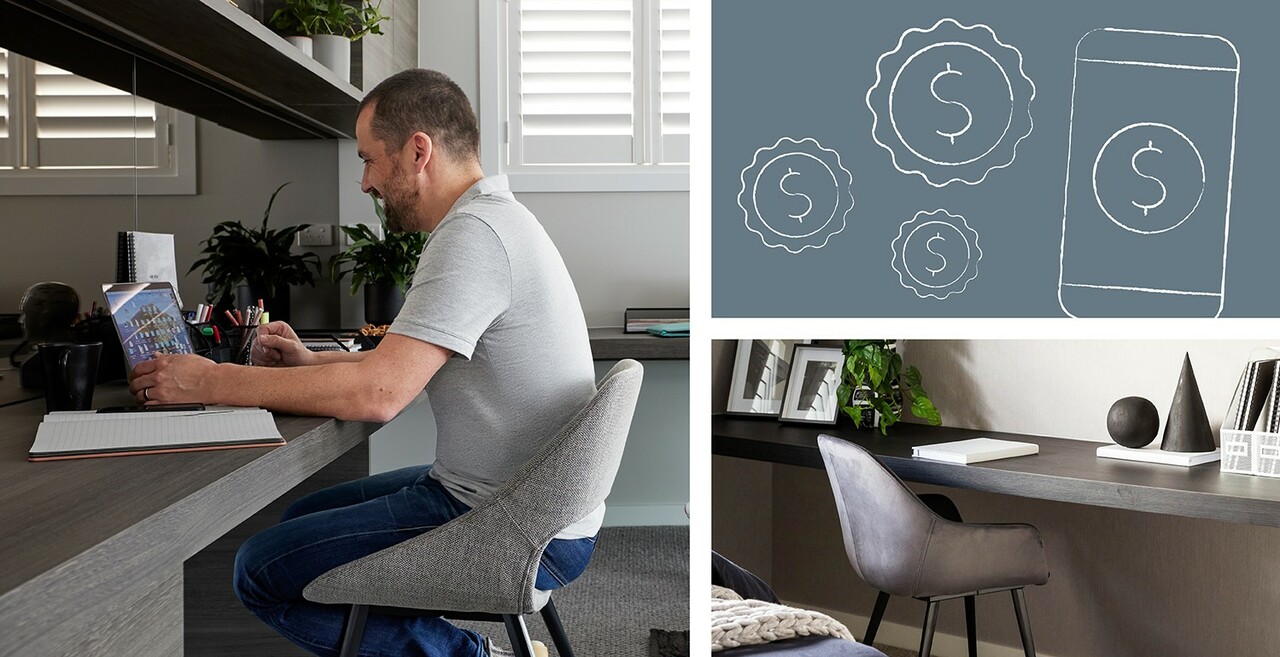Create a Savings Budget for the New Financial Year

‘Stick to a budget’ they say. But how do you go about getting started and setting a budget?
More than just restricting your discretionary spending, a tailored budget considers your current liabilities, caters for your individual lifestyle and includes some savings goals. The right budget, that is achievable, will empower you with confidence, and also allow you to splash out every now and again. Discover these five tips for budgeting success, just in time for the new financial year.

Here’s a few ideas to get you started:
1. Spending diary
It is quite easy to forget the regular mid-morning café stop, which can add up to a significant spend by the end of the working week. The traditional spend-tracking method includes keeping a diary (a notepad!) for a fortnight or month, with items listed in meaningful categories. You could then transfer this information to an online planner or budget tool. Alternatively, download a smart phone app that allows you to easily track as you go, with some apps having the ability to loop into your bank account to track spending trends.
2. Set some savings goals
It’s always good to have some clearly defined goals to keep you on track, especially when confronted with those spur-of-the-moment ‘must-have’ purchases. Savings goals should be a combination of long-term projects, such as saving for a house deposit, as well as including some shorter-term plans such as holidays or large household needs. Creating a savings budget is an important step in managing your finances for the year ahead. The Household Budget Calculator can help you structure your income and expenses to maximise savings opportunities.
3. Include room for a treat
Allowing some room to include a treat every now and again will more than likely keep you focused on the goals ahead. Prioritising the treats, and looking for compromise options, much like a food diet, can be a good way to ensure your spending doesn’t leave you feeling guilty, undoing all the good intentions of the treat!
4. Be realistic
A budget plan that is too rigid without room for a little ‘life-flex’ is set for failure, and in fact you will probably abandon it within the first month! Spending and saving goals need to be realistic and achievable without meaning you will miss out on necessities such as car fuel or household utilities.
5. Wants vs Needs vs Savings
In our cashless, credit focused society, it is easy for the lines to become blurred between needs and wants. Going back to basics with honest budget planning, categorising spending via ‘wants’ and ‘needs’ is not only good practice but also a valuable lesson to pass on when educating our kids on the meaning of money. Add ‘savings’ to the mix and you could set some easy-to-follow ratios to keep on track, such as 50:30:20 – 50% spend on Needs : 30% spend on Wants : 20% put into Savings.
For more information, speak to our in-house construction finance specialists on how to get into your new dream home faster. Or explore the Finance section of our Home Files blog for more tips and tricks on saving for your dream home.
